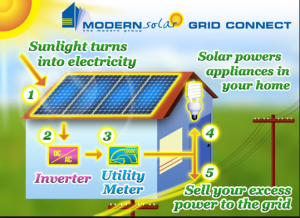Looking back on the idea of making a robot for our science class, I recall feeling a lot of worry and doubt. In fact, when Professor Sonek handed us the boxes of lego robot parts on friday, the 24th of january, and announced we would be programming them, I could not help but laugh and think that my work would result in complete and utter failure. As an English and French major, anything that involves science or numbers or building things is very frightening to me. However, despite all of my doubt, Cassie Hannon and I’s robot was not at all a failure, but rather, a success! Of course we ran into some problems along the way (which I will discuss later in this post), but overall I was quite impressed with our creation and with my enjoyment of the project.
Meet Robert:
Our task was to first, build the robot from the lego parts (which I learned were of Danish origin), and then to make it move forwards, backwards, and in a circle. Although we had visual instructions on the computer in front of us for the assembly of Robert, it proved to be a lot harder than it looked. Luckily, I’m one that doesn’t get frustrated too easily, so after a lot of laughing and re-strating the process, Cassie and I had properly assembled Robert and became proud parents of our little robot.
After taking many pictures and staring lovingly at our little Robert, it was time to program him. For this, we were introduced to a program called LabView. When I realized we would have to control our robot via a computer program, I again lost all hope. However, the program proved to be easier than I had thought. Following the professors instructions, we had created a control panel for Robert, which also looked much simpler than I thought it would.
As long as we carefully followed the instructions and did not rush, it all made a lot of sense and proved to be effective. When it got to the final step, connecting our robot to LabView, we began to run into some problems. Although we had correctly assembled Robert and followed Professor Sonek’s instructions on LabView, our robot would not connect to LabView. We tried again and again (unsuccessfully) to find a bluetooth connection between Robert and LabView, even with the help of Professor S! We entered various “passcodes” until we found one that connected us to what we thought was Robert. Boy, where we wrong. We had actually connected to the group in front of us’ robot. Although that was frustrating, it was humorous as well. Finally after disconnecting and reconnecting we had connected Robert and LabView! It was, as Borat would say, a great success!!
After a bit of celebration (perhaps too loudly), Cassie and I set off to figure out how to get Robert to move. We got him to move forward and back, and with the help of the group in front of us, we got him to turn around in a circle (which was the assignment). I had successfully survived our first in class activity and I felt proud. Apparently Robert did, too, because he would not stop spinning around….Here’s the video:
Overall, I was quite impressed with this assignment and surprised at how much I enjoyed it. I look forward to learning more about programming Robert…especially because there is apparently much more we can make our Robot do aside from move in a straight line or a circle.
If you’d like to check out my partner’s blog, you can find her here:
http://sites.suffolk.edu/crhannon37/







